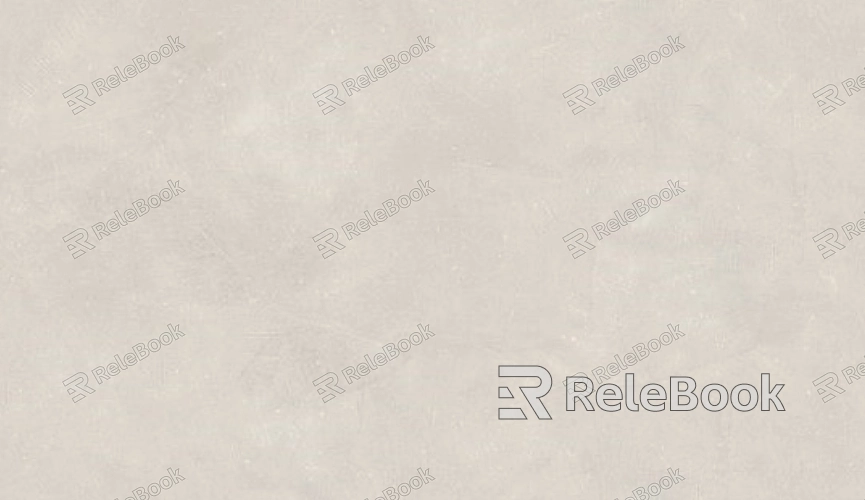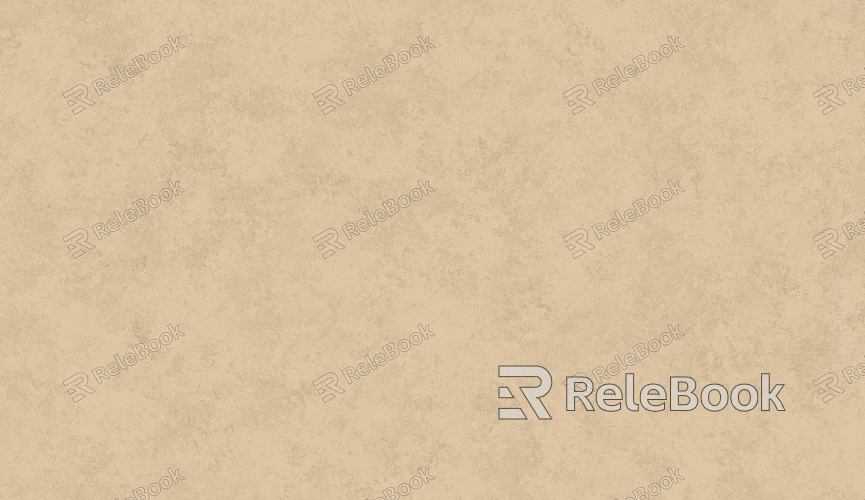How to Bake a Latex Texture in Blender 3D
Latex textures are commonly used to simulate soft, elastic, and glossy surfaces in 3D modeling. Whether you're creating character skin, prop surfaces, or soft materials in a scene, baking a latex texture is an essential process. Baking involves converting complex material information (like lighting, shadows, and textures) into static texture images, which can significantly improve rendering efficiency and optimize workflow. In Blender 3D, baking latex textures correctly not only enhances render quality but also reduces the computational load during real-time rendering. This guide provides 3D modeling and rendering designers with a complete tutorial on how to bake latex textures in Blender.

1. Understanding the Need for Baking Latex Textures
Baking latex textures typically comes into play in scenarios where high-quality renders with low computational demand are necessary. In some projects, the computational load from real-time rendering increases due to complex materials and light reflections, especially in games and virtual reality. By baking latex textures, you can pre-render these computationally intensive effects into static images, reducing the complexity of real-time calculations and boosting render efficiency.
2. Preparation: Creating and Applying Latex Materials
Before you begin baking latex textures, ensure that you’ve created and applied the appropriate latex material to the target model in Blender. This step involves the following:
Creating the Material: Choose a base material suitable for latex effects. Typically, this will be a PBR (Physically-Based Rendering) material that combines diffuse, gloss, and normal maps.
Surface Properties: Latex materials tend to have high reflectivity, smooth surfaces, and subtle highlights. Adjust the material’s roughness and reflectivity to match the latex look.
Adding Texture Maps: This includes normal maps, roughness maps, and displacement maps. These textures can be created in external image editing software like Photoshop or directly within Blender.
3. Baking Settings: Choosing the Right Baking Method
In Blender, there are several baking options, but when baking latex textures, you will usually choose channels like Diffuse, Specular, and Normal. Here’s how to set up the baking process:
Select the Object: Ensure that the model with the latex material is selected.
Choose the Baking Type: In the Bake Panel, select the channels you want to bake. Common latex textures to bake include lighting, reflections, etc. You can opt for Diffuse (diffuse lighting), Specular (specular reflections), or other relevant channels.
Adjust Baking Parameters: Configure the bake range (such as the area affected by lighting calculations), bake resolution (which determines the texture’s sharpness), and bake blur (which controls how smooth or sharp the transitions in the texture will be).
These settings will ensure that you get precise and high-quality latex textures during the baking process.

4. Choosing the Save Location for Baked Textures
Once the texture is baked, it needs to be saved in an appropriate location, and the format should be compatible with your rendering engine. Common formats include PNG and JPEG, both of which support high-quality texture output. Ensure you select a folder with adequate resolution and save the baked results as image files.
Choosing the File Format: For latex textures, PNG is recommended as it offers lossless compression, preserving all the details.
Saving the Path: Specify the save location for the baked textures. You can store the texture files in your project folder for easy reference and later modification.
5. Adjusting Lighting and Reflections for Optimization
To ensure the latex texture’s quality, check how it interacts with lighting after baking. Latex materials often react noticeably with ambient light, reflections, and shadows, so reviewing the final effect is crucial.
Lighting Setup: Adjust the light sources in your scene to simulate how the latex material will behave under different lighting conditions.
Reflection Adjustments: Make sure the reflectivity of the latex surface and its fine details appear natural and realistic in the baked texture.
6. Testing and Optimizing the Baked Texture
After baking, conduct detailed tests to observe how the texture displays on the model. In Blender, you can connect the baked texture to the material node and preview the final look. If necessary, you can make adjustments. Potential optimizations include modifying the contrast, brightness, or hue of the texture to make it appear more realistic.
7. Using External Software to Refine the Texture
Sometimes, baked textures may require post-processing in external editing software. For instance, you can use Photoshop to fix minor issues, adjust colors, or remove imperfections for a more polished result.
This guide has covered how to bake latex textures in Blender 3D, from preparing latex materials to setting baking parameters, choosing texture storage locations, and optimizing the final results. The baking process helps improve rendering efficiency, gives designers more control and precision, and results in higher-quality and more realistic renders. By following this tutorial, you should be able to master latex texture baking and apply it in future projects for better, more efficient rendering.
If you're looking for high-quality 3D textures, SketchUp models, or 3ds Max models, Relebook is an excellent resource. Downloading textures and models from Relebook and importing them into 3ds Max can significantly enhance the quality of your projects.

